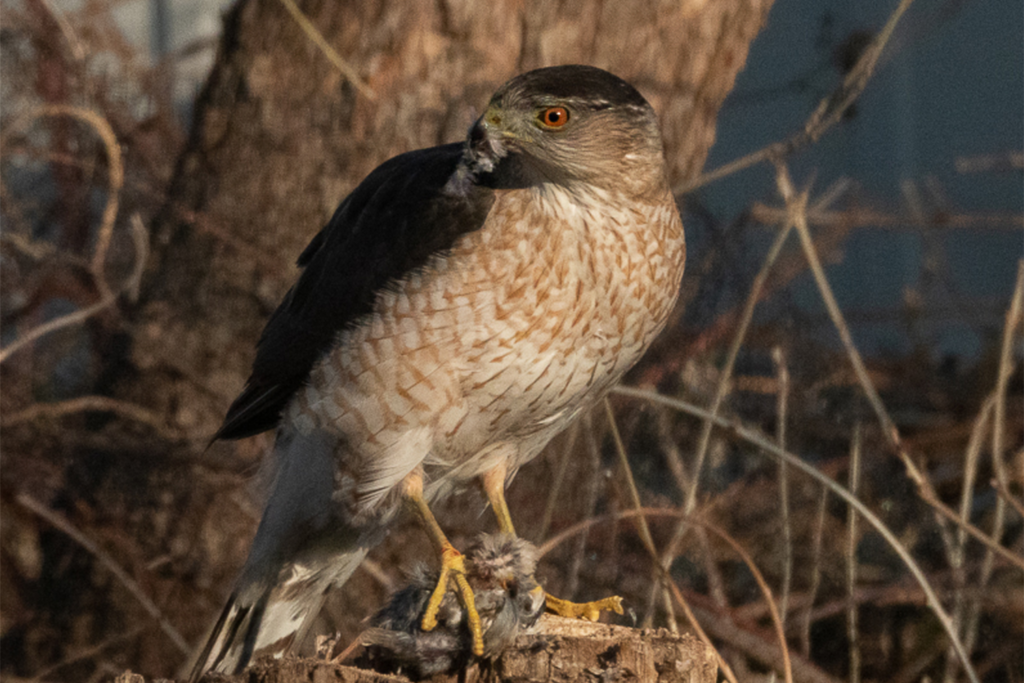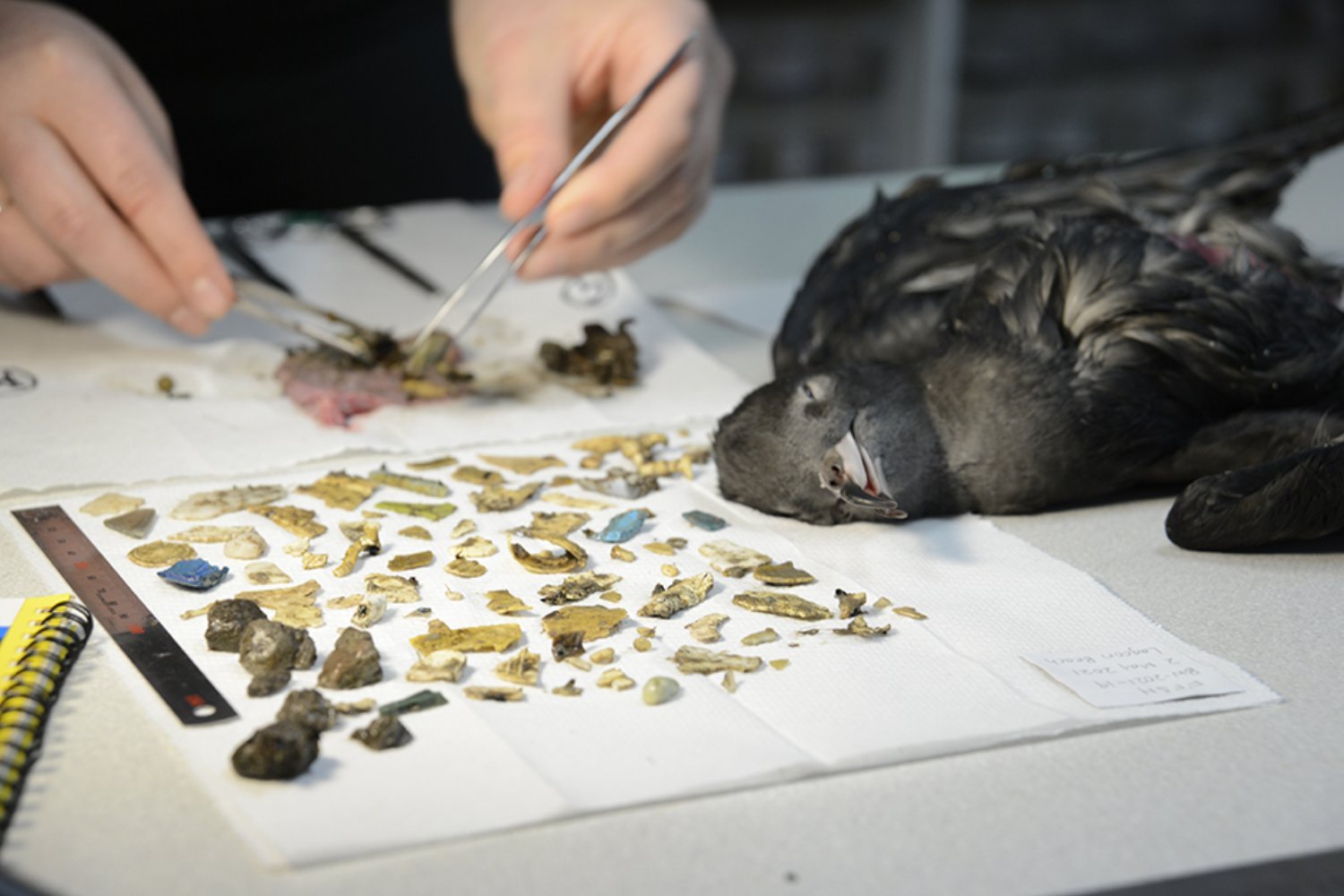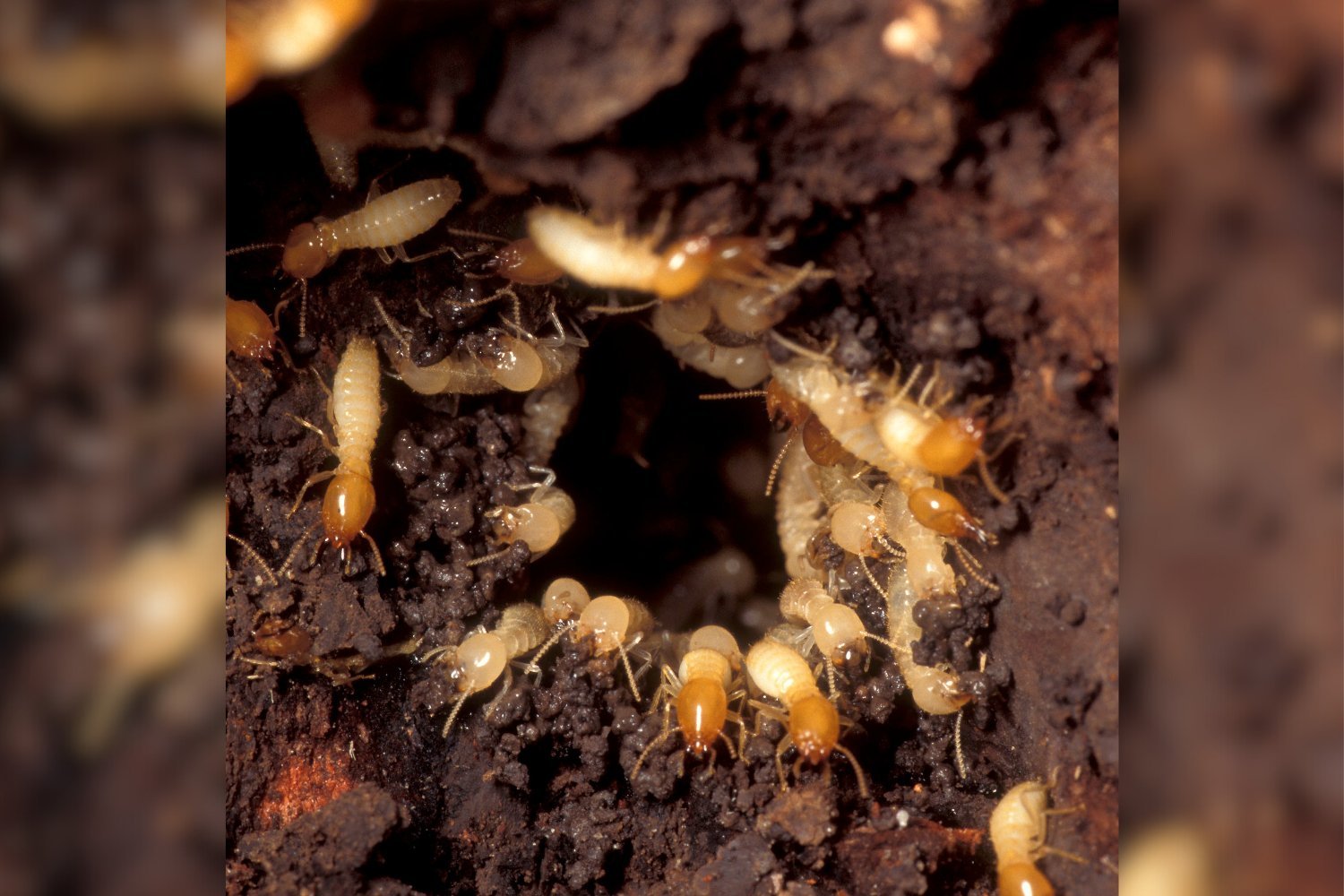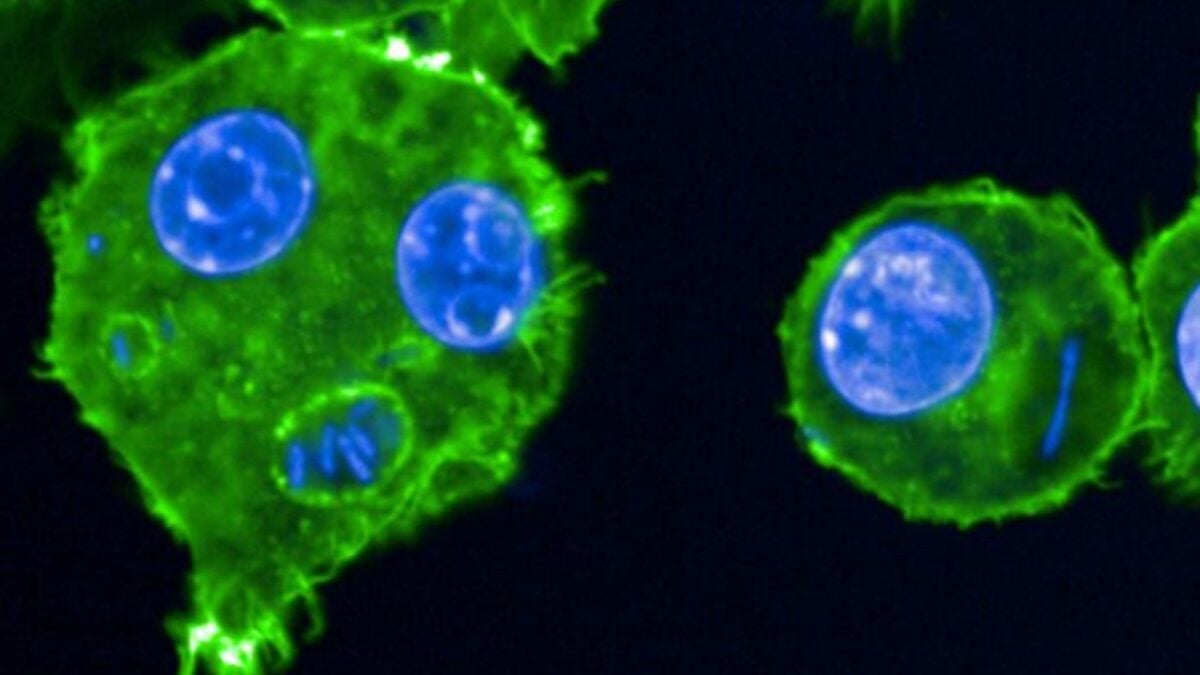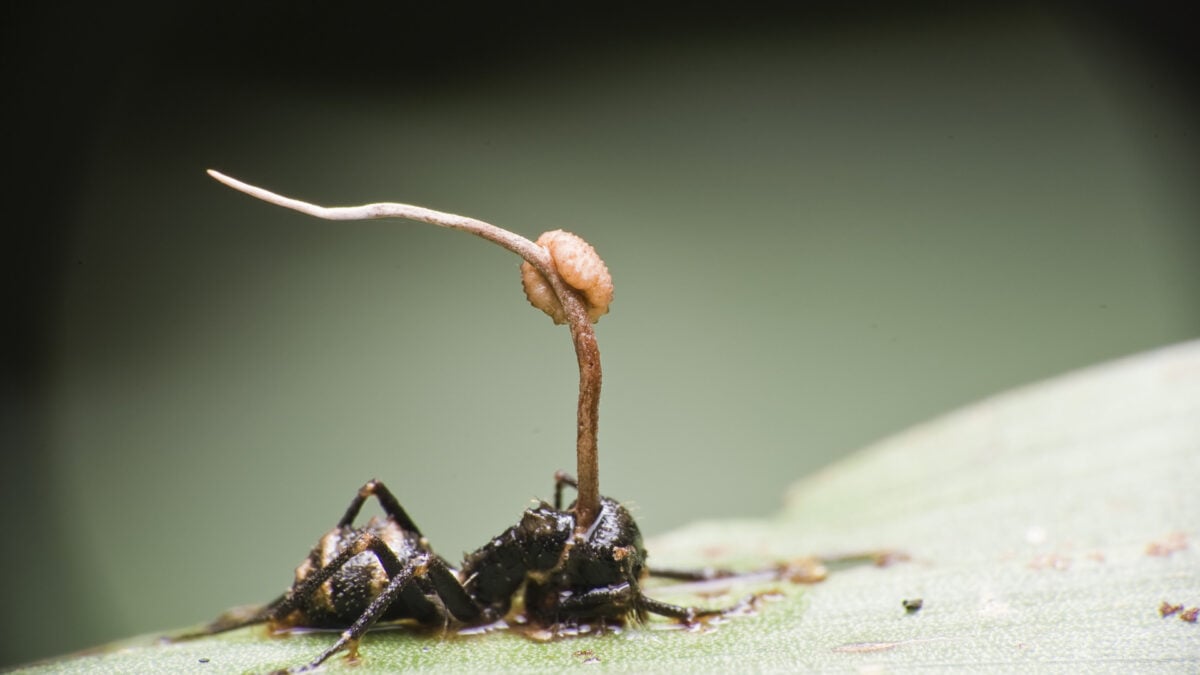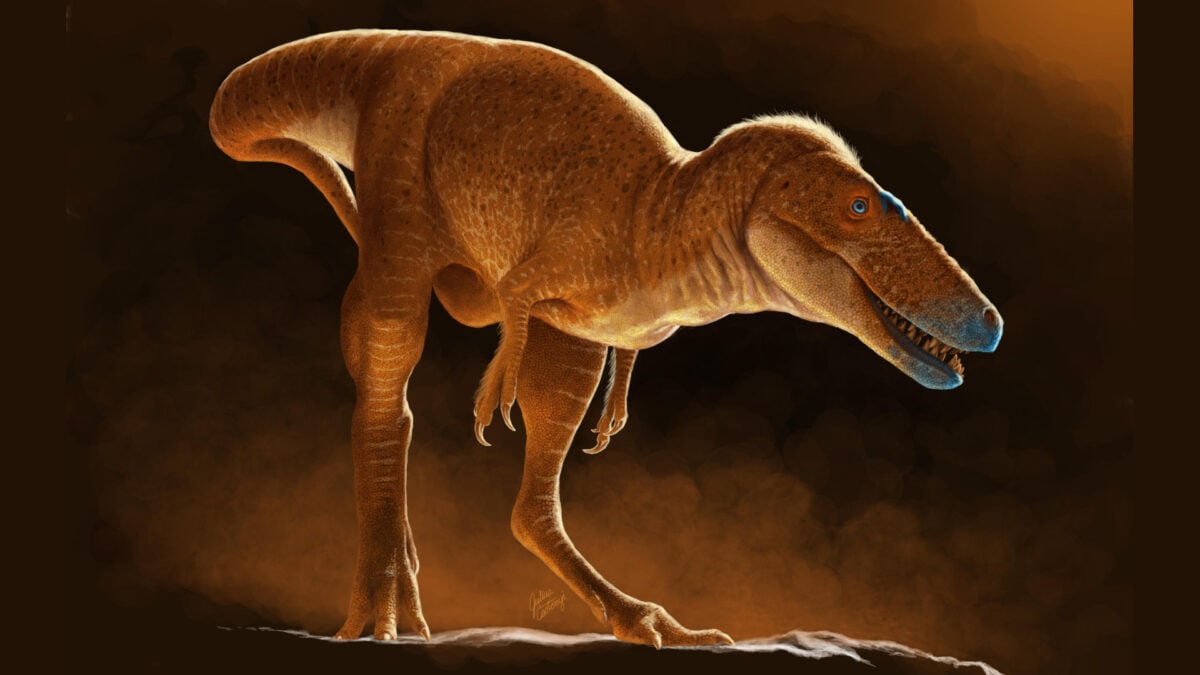The avian world is consistently astonishing. Crows are known to use tools and hold grudges against specific individuals, while magpies can recognize their own reflections in mirrors. Adding to this list of remarkable bird intelligence, a recent study published in the journal Frontiers in Ethology reveals that hawks are now observed using traffic signals to strategically hunt prey. This discovery underscores the impressive adaptability of urban wildlife.
The Observer and the Observation Post
The narrative begins with Vladimir Dinets, a zoologist at the University of Tennessee, Knoxville, and the author of the study. Situated near his home in West Orange, New Jersey, was an intersection that became the stage for this fascinating observation. Dinets has long been intrigued by how animals perceive and interact with urban environments, with a particular focus on birds’ relationship with cars. Previous scientific observations include ravens patrolling American highways for roadkill and songbirds using vehicles as cover from predators.
It was while Dinets was looking for such intriguing animal-urban interactions that a young Cooper’s hawk, having migrated into his neighborhood, began to exhibit a remarkably clever behavior.
A Pattern Emerges: The Hawk’s Ingenious Strategy
The intersection, as Dinets noted in a guest editorial for Frontiers in Ethology, wasn’t especially busy, even during peak hours. However, occasionally a pedestrian would activate the crosswalk, causing vehicles to queue up along the street, extending to a small, bushy tree located down the block. The pedestrian “walk” signal also emitted a distinct sound indicating it was safe to cross.
One morning, Dinets observed the hawk emerge from this tree. It flew very low, skimming above the line of stopped cars, crossed the street between the vehicles, and then dived to capture something near one of the houses. This sequence of events repeated itself.
Investigations revealed that the occupants of the house near the bushy tree frequently dined in their front yard. This practice attracted various birds, such as sparrows and doves, which would gather to feed on the leftover crumbs. These gatherings provided an easy source of prey for the hawk. Critically, the hawk only initiated its hunt when cars were lined up along the block, reaching the tree.
Decoding the Hawk’s Intelligence
Dinets deduced that the line of cars offered crucial cover for the hawk during its approach. Furthermore, the hawk had evidently learned to associate the sound of the pedestrian “walk” signal with the formation of this vehicular screen. Upon a pedestrian pressing the button, the hawk would promptly fly from its perch to the small, bushy tree. There, it would wait for the cars to accumulate before using them as a visual barrier to stealthily approach its unsuspecting prey.
According to Dinets, the hawk appeared to have learned to use the pedestrian signal as a cue, anticipating the traffic build-up and the subsequent hunting opportunity near the house teeming with smaller birds. “That meant that the hawk understood the connection between the sound and the eventual car queue length,” Dinets explained. This behavior also suggested the hawk possessed a sophisticated mental map of its neighborhood.
The hawk, or what Dinets believed to be the same individual, returned the following year and employed the identical hunting strategy. However, the opportunity eventually ceased when the family moved away and the traffic signal stopped functioning. Dinets has not observed any similar displays of intelligent hunting by hawks in that specific location since.
Urban Adaptation and Avian Intellect
Life in urban environments presents numerous challenges for birds; they must navigate around windows, avoid moving vehicles, and contend with constant noise. This study, however, provides a compelling example of how at least one species has ingeniously adapted to city living.
“I think my observations show that Cooper’s hawks manage to survive and thrive there, at least in part, by being very smart,” Dinets wrote. This remarkable instance of a hawk using traffic signals not only highlights the cognitive abilities of these raptors but also serves as a reminder of the complex ways wildlife interacts with and adapts to human-dominated landscapes.



